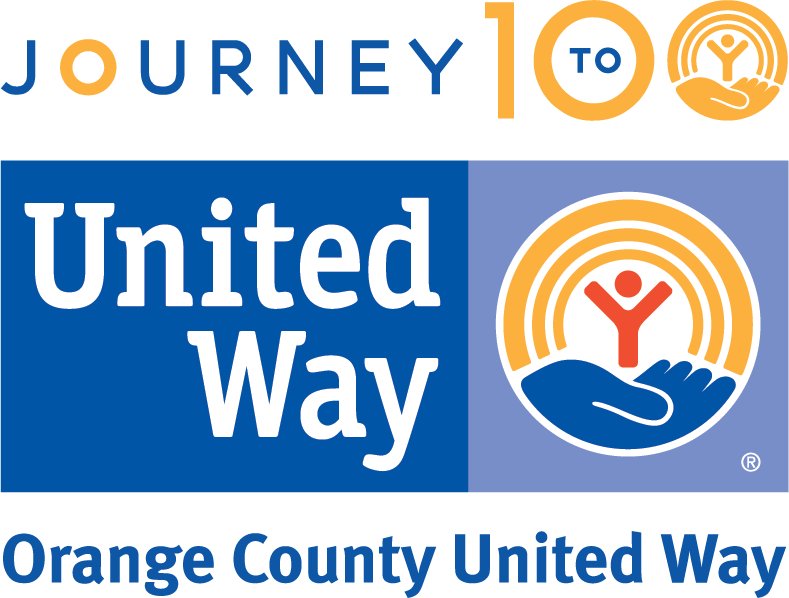Click here to read the article on OC Register’s website.
One year into fully funding a 10-year plan to make sweeping changes in the lives of struggling families, Orange County United Way is reporting sobering numbers that underscore the needs in what one supporter called “a tale of two counties.”
Most troublesome is a continuing negative trend in housing stability and financial security, two key areas that are a focus of United Way’s FACE 2024 effort.
The report does cite slight improvements in the overall high school dropout rate and childhood obesity, but also points to pockets of resistance in some of the county’s poorer communities.
United Way president and CEO Max Gardner cautioned at the unveiling of the one-year progress report, Tuesday, that some figures included in the FACE 2024 assessment are not up-to-date, but represent the most recent data available from county and state sources.
“It’s not all flowers and roses,” Gardner said, addressing about 150 people gathered in an auditorium at Edwards Lifesciences in Irvine, which hosted the group of community, business and nonprofit leaders.
“There are some challenges facing this community that we need to address.”
Long term, the plan calls for cutting in half both the dropout rate and the number of children in unstable housing; lowering the percentage of financially insecure families by 25 percent; and increasing the number of healthy youths by one-third.
Findings highlighted in the report include:
- Financial insecurity is on the rise. Forty-one percent of Orange County neighborhoods have families living in economic uncertainty, up from 39 percent in 2012. Additionally, 1 in 4 residents here lives in poverty, according to California Public Policy Institute.
- The number of children who are homeless or reside in unstable housing situations, such as in motel rooms or overcrowded conditions, increased from 30,000 to 32,000 over a period from 2011 to 2013.
- The countywide high school dropout rate declined for the third year in a row in 2014, but Latino students continue to leave school early in high numbers. And the dropout rates in Anaheim, Santa Ana and Garden Grove remain higher than in other parts of the county.
- Childhood obesity rates have gone from more than one-third of children who were overweight to slightly under one-third, but continue to be high in targeted communities, such as Stanton.
Nearly half the children who live in Stanton, the report notes, are overweight or obese. Several people in the audience let out an audible “Wow” at that revelation. On the positive side, a new community garden was established in Stanton last year.
FACE is an acronym for Fund, Advocate, Collaborate and Educate. Several speakers addressed the findings in the report and listed ways for people to support the plan and get involved.
“We as a county are still moving in the wrong direction,” said Ian Leisegang, an executive with J.P. Morgan in Orange County, who added that the thought of so many residents living in poverty here was “scary.”
“To me,” he said, “that’s a tale of two counties.”
When it began to roll out FACE 2024 in January 2014, United Way shifted much of its funding from widespread grantmaking to programs and initiatives targeting four key areas: education, income, health and housing.
In the first full year of funding in 2015, United Way committed $5.2 million to FACE 2024, a figure it hopes to repeat and perhaps increase this year, Carla Vargas, senior vice president of community impact, said after the presentation.
Nonprofit organizations were asked to submit plans to tackle three key areas: early literacy; rapid rehousing (moving families quickly into subsidized housing and providing social services to help them stabilize); and innovative job training and career-development.
The progress report also cited several promising initiatives, such as the Destination Graduation programs to keep kids in school, SparkPoint OC financial coaching for parents, and some 500,000 meals that included fresh produce provided through mobile food pantries and excess food recovered from local restaurants.
More details on FACE 2024 can be found here.
Contact the writer: 714-796-7793 or twalker@ocregister.com







